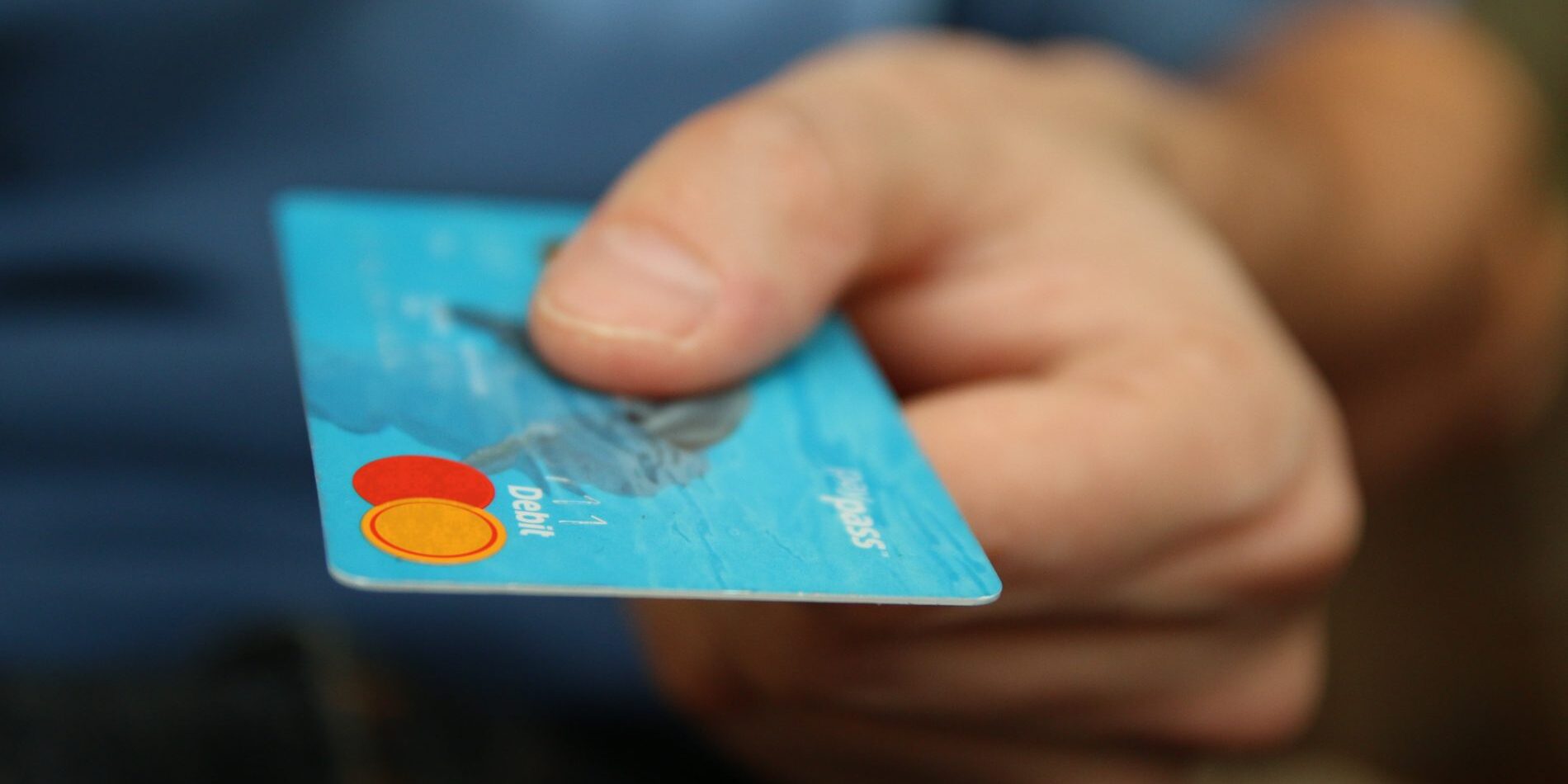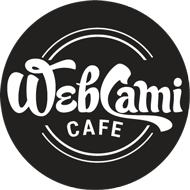How to Make Sure You Always Get Paid as a Freelancer

At the end of last year, I had the unfortunate experience of having a new client say they wanted to cancel their project. They expected to have a website in 10 weeks and that didn’t happen. Now, not sending the web designer any content other than a logo file might have contributed to the delay, but regardless, I had a problem. I sincerely said how sorry I was that they were unhappy and told them as per the contract signed, I would send them any balance unused from their deposit. I had created my mockup location, a prototype, added a site map (basically created all the site pages), a sample homepage with placeholder text/images and created a splash page on their current site. Let’s just say, it wasn’t a huge refund.
When they got that refund, they were still unhappy. In my best “the customer is always right” voice, I had to ask, why did they expect me to work for free? They didn’t have an answer. But, as I have always believed, I needed to send them away telling a good story, not a bad one. I again sent a partial refund. They got half of their deposit back. And I did work for free.
Nightmare, right? I had done all the right things. My contract has tons of info on payment and terms. My proposal has info on payment and terms. My estimate again mentions payment and terms. My proposal emails talk about payment and terms. I mention it in any pre-proposal conversations we have. You are probably thinking, you got screwed, Cami.
Well, I have a different view. I am eternally grateful that this client demanded that I work for free and I capitulated. This allowed me to take a completely different approach to how clients pay me and it’s the best thing I’ve done for my business in a very long time. After this happened, I was determined I would never let it happen again.
How I used to get paid:
- For new projects, I would take one-third down. That deposit was only refundable for the first 20 days and with billable hours removed (as dictated by my records). The remaining two-thirds was due when the website launched. Payments methods accepted were checks, PayPal or cash.
- For care plans, all month-to-month payments have to be a PayPal subscription payment. Annual payments could be PayPal subscriptions, PayPal one-time, check or cash.
- For general maintenance, all terms are net 20 (payment due 2o days after invoice date). Payments methods accepted were checks, PayPal or cash.
I looked long and hard about what worked great and what was not working for me.
First, what was not working:
- One-third down and two-thirds at the end. TOTAL FAIL. Why? I have a lot of money out there waiting for clients to finish their projects right now. I added that up and still can’t believe it!
- Check payments. Anyone paying with a check was far more likely to be late. I could look this up in Freshbooks by seeing the payment time for clients.
What did work:
- Automated subscription payments for month-to-month care plans. I have calendar entries and know what amount I have coming in on what day. SO NICE TO KNOW!
- Automated annual subscription payment for care plans. This is a bit less reliable than month-to-month simply because cards can expire, but still, it works better than other methods.
- Anytime someone paid me with PayPal, it was more timely than a check.
- General maintenance payments were the most timely. I’m sure this is because they are from tried and true clients for the most part. But, again, checks were the payments that were late.
How I get paid now
For New Projects
With this information, I decided to look to the training I had taken from Jennifer Bourn at Profitable Project Plan. For new projects, Jennifer had recommended payment by project milestones and the first payment was a non-refundable deposit. She had clauses in her contract for clients that disappeared, too. This was closer to what I was looking for, but still, I felt I would be left waiting when a client vanished while we were working on their project.
So, I decided to turn milestones into payment dates. I would only take automated payments for new projects. That means they have to use PayPal to work with me on a new website design. I’ve been doing it since January 1st and I have signed six new clients with this method. IT HAS BEEN A GAME CHANGER for getting paid, keeping projects on time and most importantly, controlling my cash flow.
When I’ve sent a proposal to a client, they must schedule an in-person or over the phone proposal and contract review with me. We go over the proposal, contract and estimate together. We determine how much time a project may take and pick a payment plan.
- 3 payments: One-third down (non-refundable), one-third at 30 days, one-third at 60 days.
- 4 payments: One-fourth down (non-refundable), one-fourth at 30 days, one-fourth at 60 days, one-fourth at 90 days.
- 5 payments: One-fifth down (non-refundable), one-fifth at 30 days, one-fifth at 60 days, one-fifth at 90 days, one-fifth at 120 days.
- 6 payments: One-sixth down (non-refundable), one-sixth at 30 days, one-sixth at 60 days, one-sixth at 90 days, one-sixth at 120 days, one-sixth at 150 days.
The larger the project, the higher the price and the more time is the theory, but I did let a small business with a small invoice take the six-month plan because it was better for her cash flow. My deposits are all smaller, but I really never want anyone to forfeit that. That wouldn’t be a good story for them to tell.
They can’t sign my contract until we’ve reviewed and decided everything together.
For Care Plan Clients
All care plan clients are getting a subscription link in their new offer or renewal that is prefaced with “PayPal is the preferred method of payment”. This also exists in my contract and proposal documents. Below that, is a one-time PayPal link if they resist the subscription link (annual only). And finally, my invoice says, checks are still accepted if this is your preference (annual only).
For Maintenance Invoices
“PayPal is the preferred payment method” is clearly stated with a direct link to pay me. There is no subscription link in this instance, but like it’s framed above, I’m encouraging them to use the payment method I want them to use. The one that means they are more likely to pay me on time.
Invoices go out via Freshbooks, but I also send a copy with all the details via email.
The results so far
- Yes, I’m paying PayPal fees like crazy, but I don’t care. It’s worth the money not to chase down payments.
- It motivates clients and me to get tasks done before the following amount.
- If someone needs to put a hold on things, I can suspend payments until they are ready to resume.
So far, I have a steady flow of income and zero complaints. While I’m confident this will evolve, it was worth investigating my payment woes and the data behind it. For me, check payments were the culprit, and while I’m not closing the door on them, I’m making my preferences known. If you are having payment issues, ask yourself what’s working and what isn’t. I’m sure you can develop something that keeps your cash flow in control.
RESOURCES: GODADDY GARAGE – How to get clients to pay on time: 10 tips for web developers
(by cafe regular, Lisa)
